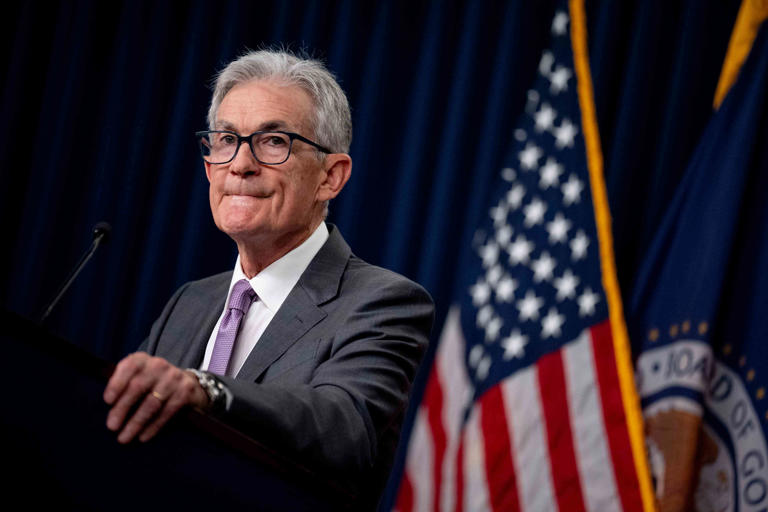The surprising spike in unemployment for July is fueling speculation that the Federal Reserve might need to implement more substantial interest rate cuts than previously anticipated. This shift in expectations comes as the latest jobs report revealed an unexpected increase in the unemployment rate, reaching its highest level since 2021. This development has shifted the spotlight from whether the Fed will lower rates to the extent of the cuts it might undertake.
The July jobs report showed a significant jump in the unemployment rate, which climbed to 4.3% from 4.1% the previous month, surpassing forecasts that expected the rate to remain steady. This unexpected increase, combined with a cooling job creation rate, has raised concerns that the labor market, which had already been showing signs of weakening, could be facing a more pronounced downturn. As a result, investors and economists are now debating whether the Fed will adopt a more aggressive stance in its monetary policy.
Given the dual mandate of the Federal Reserve to promote maximum employment and stable prices, the current economic conditions are prompting a reconsideration of its policy priorities. Inflation has been moderating towards the Fed’s target of 2% annually, but the rising unemployment rate could push the central bank to focus more on supporting employment. This shift might involve reducing the federal funds rate more aggressively than previously planned to stimulate economic activity and prevent potential mass layoffs.
In response to the weak jobs report, several forecasters have revised their predictions for the Fed’s actions. Initially anticipating two quarter-point rate cuts by the end of the year, some now foresee three such cuts. The financial markets have reacted more dramatically, pricing in the possibility of up to five rate cuts in 2024, a notable increase from the three rate cuts expected just a day earlier. This shift in market expectations is reflected in the CME Group’s FedWatch tool, which tracks interest rate movements based on futures trading data.
The potential for a more aggressive rate-cutting strategy represents a significant turn in the Fed’s approach. The central bank had been focused on combating inflation by raising interest rates since March 2022. These rate hikes, which brought the fed funds rate to its highest level since 2001, aimed to cool down the overheated economy by increasing borrowing costs. This policy was designed to balance supply and demand by discouraging excessive borrowing and spending, thereby helping to reduce inflationary pressures. However, with the labor market showing signs of further weakness, the Fed may now need to pivot towards stimulating economic growth.
The July jobs report’s implications have led to increased speculation about the Fed’s September meeting. Fed Chair Jerome Powell and other officials have suggested that a rate cut could be on the table, given the recent economic data. If the Fed decides to cut rates, it would mark a significant policy shift from its recent stance focused on inflation control.
However, there is some debate about whether the rise in unemployment is indicative of a broader trend or a temporary anomaly. Matt Coylar, an economist at Moody’s Analytics, has suggested that the spike in unemployment might be partially attributed to temporary disruptions, such as those caused by Hurricane Beryl, which affected the labor market early in the month. Coylar cautioned that the market might be overreacting to the data, and it is too early to draw definitive conclusions about a severe economic downturn. He also noted that if people begin to anticipate a downturn, it could lead to reduced spending and further economic slowdowns, creating a self-fulfilling prophecy.
Despite the uncertainties surrounding the jobs data, financial markets are already adjusting to the prospect of lower interest rates. If the Fed proceeds with rate cuts, it could ease financial pressure on consumers and businesses by reducing borrowing costs. For homebuyers, lower mortgage rates could make purchasing a home more affordable, potentially stimulating activity in the housing market. The yield on 10-year Treasuries, which influences mortgage rates, dropped to around 3.80% on Friday, the lowest level since last December, reflecting growing expectations of future rate cuts.
As the Federal Reserve prepares to make its decision in September, additional economic data on inflation and the labor market will be crucial in shaping its policy approach. The central bank’s response to the current economic challenges will be closely watched, as it navigates between supporting employment and managing inflationary pressures.
